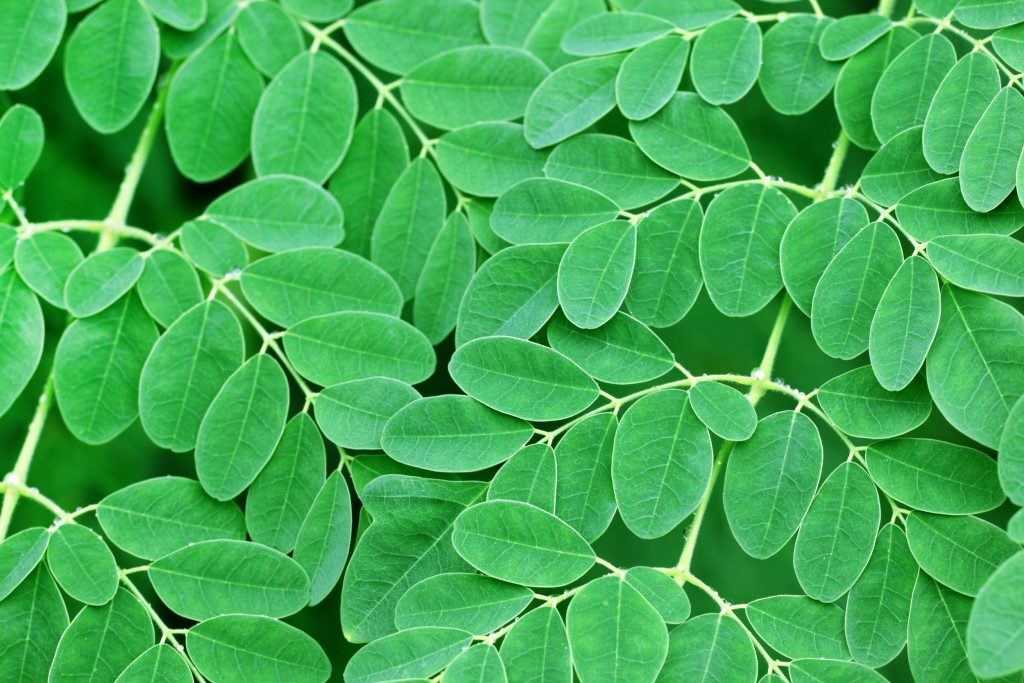Long before modern science, people in the Philippines busied themselves among farms and gardens. They relied on these natural resources for food, livelihood, and medicine. You read that right, medicine. Plants have proven to have multiple benefits outside of becoming a dish. A popular one in Southeast Asian countries is the moringa. This veggie is more commonly known as “malunggay” in the Philippines and has been turned into dietary supplements, multivitamins substitute, even oils for hair and scalp care.
Though the herbal field has been taking quite a hit recently because of the ignorant campaign against vaccination, there is still a knack for natural health benefits amongst our little green friends. The malunggay abundantly produces a variety of nutrients that are stored in its leaves alone! Among these are calcium, protein, iron, zinc, magnesium, potassium, Vitamins A, B, and C, as well as nine essential amino acids. That would have been a mouthful to say for one mouthful of this veggie goods.
As healthy and amazing as malunggay is, humans still tend to take it for granted. Worry no more because there are simple ways that you can incorporate this nutrition-filled plant.
Include It In Your Daily Multivitamins
A good number of people take multivitamins after breakfast or before they have their morning smoothie. Simply including malunggay vitamin capsules in with the vitamin stash/container can help in reminding its intake. Doing this can also create a habit and a healthy one at that.
Skin, Hair, and Scalp Care

Don’t be surprised, but there are a lot of products that have included the moringa to its list of ingredients. For the longest time, as far back as the ancient Greeks and Romans, people have been extracting the edible oils of the moringa and turn them into perfumes and lotions. The amount of nutrients found in malunggay oil is so dense that it can deeply permeate your facial tissue and boost your skin cells’ health. The oil also helps in strengthening and nourishing both your hair and scalp.
Malunggay Leaves Garnish
Garnishing dishes with leaves helps add freshness both in terms of its overall taste as well as its visual presentation. It also helps widen one’s palette and encourages adventure.
Substituting Vegetable Oil With Malunggay Oil
In the past years, scientists and food technicians have extracted oil from the moringa that can be an alternative to cooking oil. This is especially helpful for people who are fond of fried food. Not only is it cheaper, but it also contains antioxidant properties that can help lower cholesterol levels.
Sneaking It Into Dishes
There is an endless list of recipes that you can add malunggay to. Besides the famous Tinola dish in the Philippines, you can mix in the leafy vegetable to something as simple as your everyday breakfast omelette. If you are feeling a little more like a novice cook, you can try mixing in malunggay when making pesto. Feeling beefy? Malunggay can also be mashed together with your patty, creating a seamlessly healthy eating experience.
Knowing that there are abundant resources in the world that can significantly improve our lives when put to the right use gives us hope and more motivation to furthering research that supports both sustainability and innovation. The malunggay or moringa oil (whatever you want to call it) is a testament to that.




